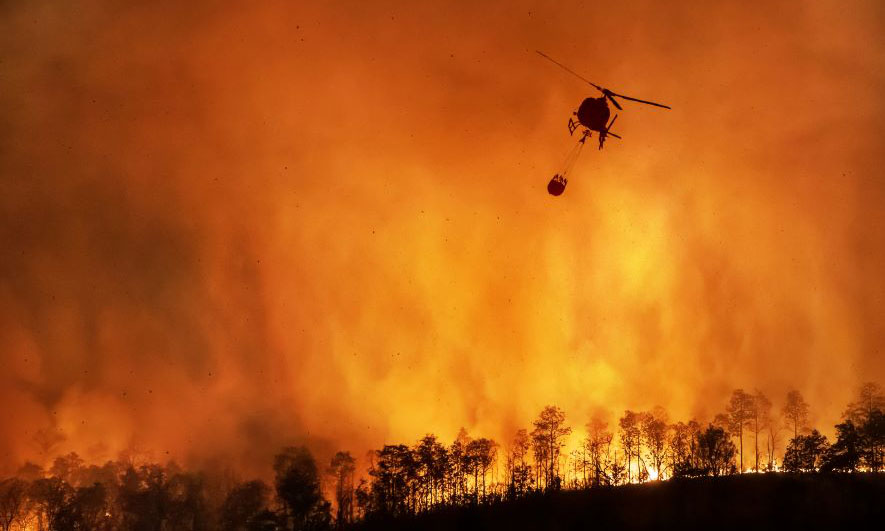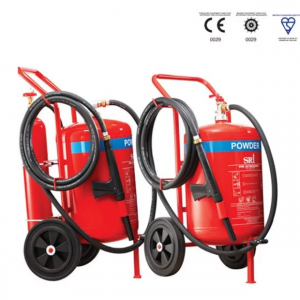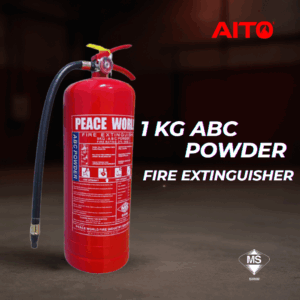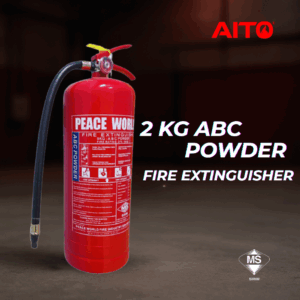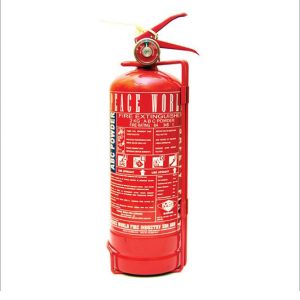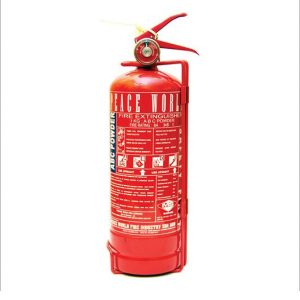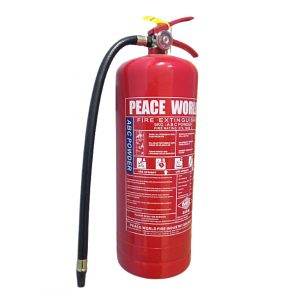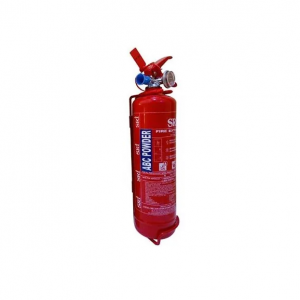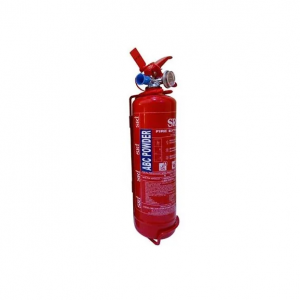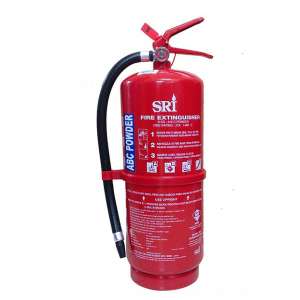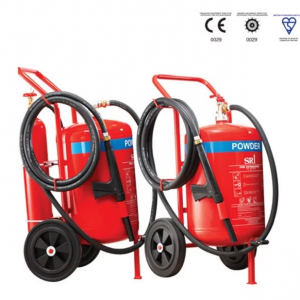Wildfires are a natural part of many ecosystems, but they can also be devastating events that put lives and property at risk. With the increasing frequency and intensity of wildfires in many parts of the world, it is essential to understand the risks associated with wildfires and to implement best practices for wildfire prevention and response. In this article, we will explore the specific wildfire safety considerations and best practices for ensuring the safety of people and property.
Wildfire Risks
Wildfires can occur anywhere there are dry, flammable materials and an ignition source, such as lightning or human activity. They can spread rapidly and unpredictably, often driven by high winds, and can quickly become uncontrollable. Wildfires can threaten homes, communities, and natural resources, and can have serious environmental, economic, and social impacts.
Best Practices for Wildfire Safety
There are a number of best practices for wildfire safety, including fire prevention measures, fire protection systems, and emergency preparedness planning.
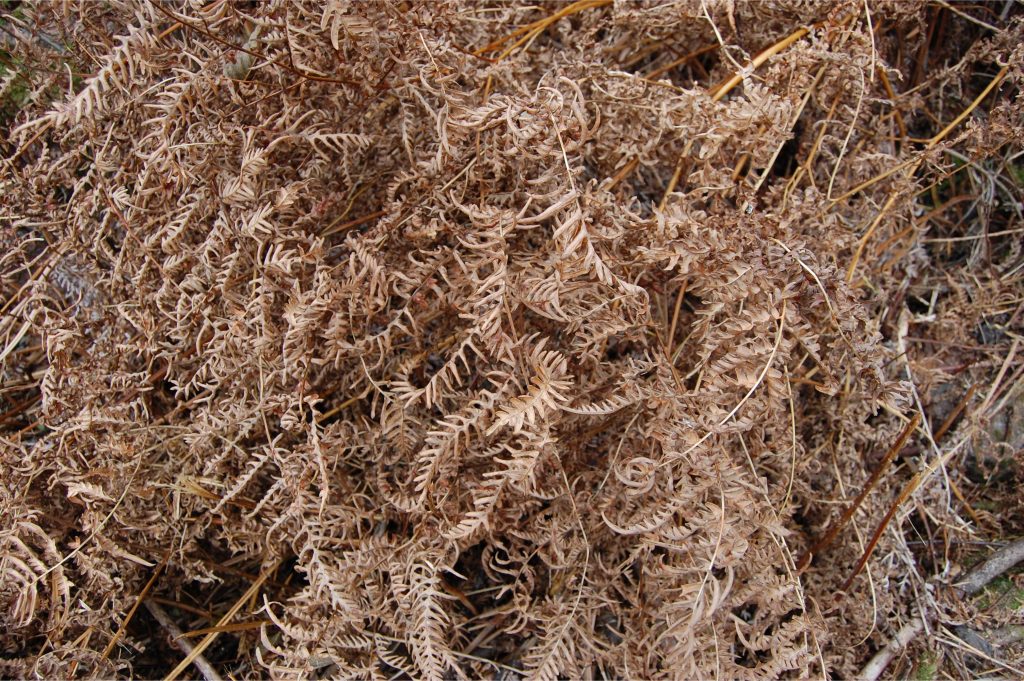
Fire Prevention Measures: Fire prevention measures are essential for reducing the risk of wildfires. This includes minimizing the accumulation of flammable materials, such as dead vegetation and debris, around homes and communities, as well as ensuring that outdoor fires are safely contained and extinguished. It is also important to be aware of local wildfire risk and to follow any local regulations or restrictions on outdoor fires.

Fire Protection Systems: Fire protection systems, such as fire-resistant roofing and siding, can help to reduce the risk of homes and buildings being damaged or destroyed by wildfires. In addition, homeowners and communities can work to create defensible space around homes and buildings, by removing flammable vegetation and other materials from the immediate vicinity.

Emergency Preparedness Planning: Emergency preparedness planning is critical for ensuring the safety of people and property in case of a wildfire. This includes developing and practicing evacuation plans, ensuring that all family members are familiar with evacuation routes and procedures, and designating specific areas for family members to assemble after evacuation.
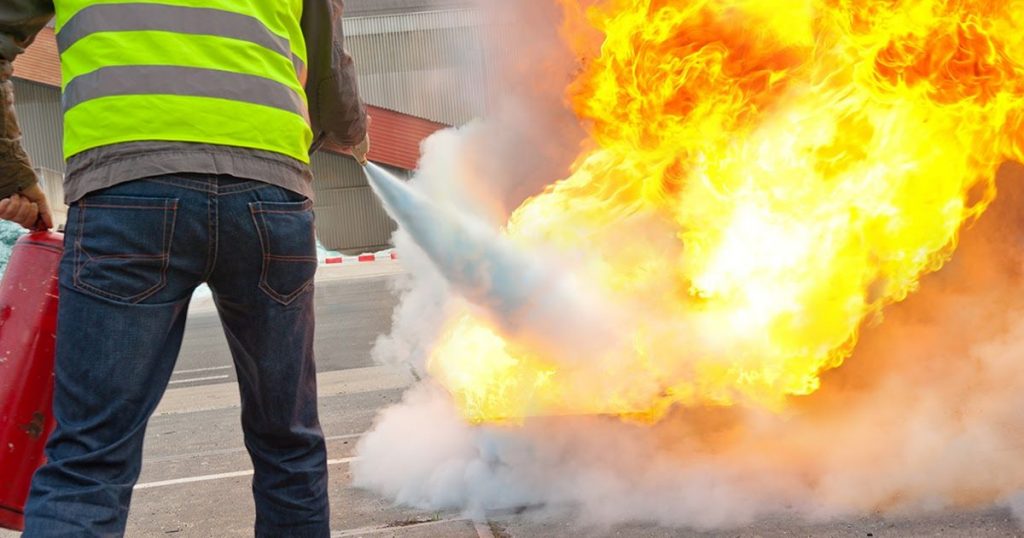
Training and Education: Training and education are also important components of wildfire safety. This includes educating people on the risks associated with wildfires, providing information on local wildfire risk and regulations, and providing training on emergency response procedures.
Wildfire safety is an important issue that requires awareness and preparedness. By understanding the risks associated with wildfires and implementing best practices for wildfire prevention, protection, and emergency response, homeowners and communities can help to reduce the risk of damage and loss of life. This includes taking measures to prevent fires from starting, creating defensible space around homes and buildings, developing and practicing evacuation plans, and providing regular training and education to family members and community members. By working together to promote wildfire safety, we can help to protect our homes, communities, and natural resources from the devastating impacts of wildfires.

